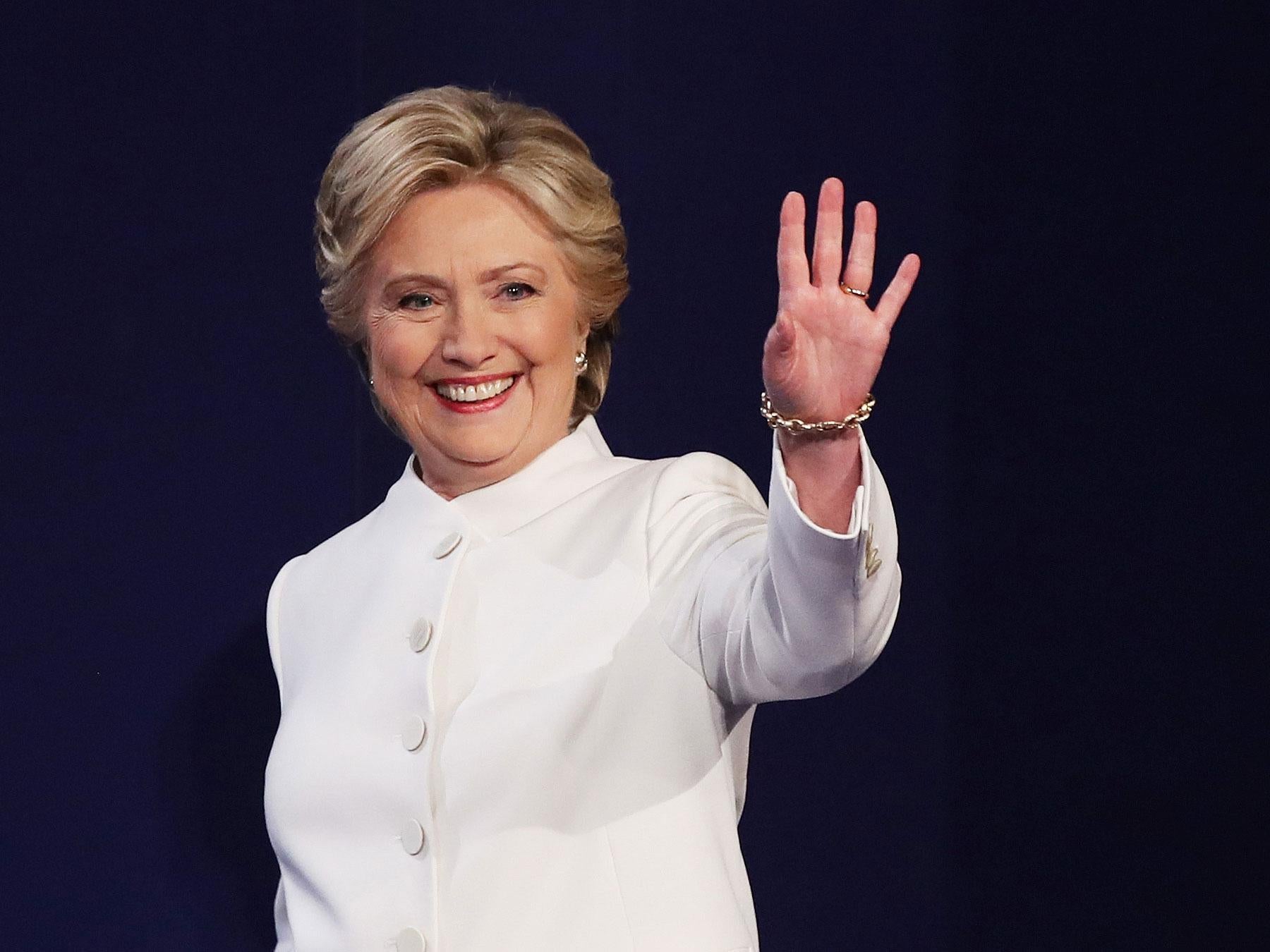Five things we still don’t know about Hillary Clinton’s agenda
When candidates leave details unspecified, they’re being vague on purpose

Your support helps us to tell the story
From reproductive rights to climate change to Big Tech, The Independent is on the ground when the story is developing. Whether it's investigating the financials of Elon Musk's pro-Trump PAC or producing our latest documentary, 'The A Word', which shines a light on the American women fighting for reproductive rights, we know how important it is to parse out the facts from the messaging.
At such a critical moment in US history, we need reporters on the ground. Your donation allows us to keep sending journalists to speak to both sides of the story.
The Independent is trusted by Americans across the entire political spectrum. And unlike many other quality news outlets, we choose not to lock Americans out of our reporting and analysis with paywalls. We believe quality journalism should be available to everyone, paid for by those who can afford it.
Your support makes all the difference.We know a lot about where Hillary Clinton and Donald Trump would try to take America as president. We don’t know everything. After a campaign that feels like it started in the middle of the Bush administration — the first Bush — questions remain, large and small, that the candidates have left scattered across their domestic policy agendas.
Those questions are revealing. The details of campaign plans don’t always become law, but they’re often the starting point for negotiations.
When candidates leave details unspecified, they’re being vague on purpose, either to put off tough legislative choices, tough political choices or both. They’re also suggesting what parts of their plans they might radically change, or discard altogether, if they reach the White House.
As the race draws to a close, here are the five biggest questions left unanswered by Clinton, the Democratic nominee, on domestic policy.
1. What, exactly, would she do with corporate taxes?
Clinton has a 4,000-word plan for how she would spend $275 billion on improving America’s infrastructure. Three of those words describe how she would pay for it: “business tax reform.” Presumably that means eliminating or reducing deductions that businesses employ to reduce their tax bills. But we can’t be sure, because Clinton hasn’t said which ones she’d target.
The nonpartisan Tax Policy Center sent Clinton detailed questions about her tax plan, in order to better forecast its likely effects on the economy and federal budget. Clinton’s camp did little to clarify how she would get to $275 billion, over five years, in increased revenue from business tax changes.
There were no details on what sort of “exit tax” she says she would levy on the overseas earnings of U.S. companies who choose to leave the country. There were no details on her “call for ending subsidies for industries that do not need them.” There were details on her plans to end tax breaks for fossil fuel companies, but those breaks don’t add up to anywhere close to $275 billion.
The omissions are particularly notable because it’s hard to kill tax breaks, especially for companies or industries with armies of lobbyists. By not naming many such breaks, Clinton avoids activating more of those armies against her during the campaign. But she also fails to build any popular groundswell for the difficult fight ahead.
2. How would she limit child care costs to 10 percent of a family’s income?
One of the most ambitious parts of Clinton’s working-families agenda is also one of the least specified. She says she will ensure that no family pays more than 10 percent of its household income on child care, through a combination of subsidies and tax credits. But she doesn’t say what that combination would be.
Knowing those details would help analysts judge the likelihood that Clinton’s plan would accomplish what she wants it to. It would also help them estimate its cost, which is almost certainly a major barrier to passing any proposal through Congress.
3. What would her “risk fee” on banks actually look like?
4. What would her financial transaction tax actually look like?
Two questions, same general issue for Clinton. As part of her plan to further regulate Wall Street and dampen financial risk, she is proposing both a tax on financial transactions and a “risk fee” on big banks. She hasn’t specified the rate on either one.
5. How would she pass any of it?
To be fair, this one applies to both candidates, but it’s particularly germane to Clinton. She won her primary battle with Bernie Sanders in part by portraying herself as a more pragmatic candidate who, as president, would have a better chance of passing progressive legislation through Congress. If she wins the White House, she has much higher odds of facing at least one chamber controlled by the opposing party (the House, where the GOP advantage could only be dislodged by a Democratic wave) than Trump would have.
Republicans opposed President Obama at nearly every turn when he took office eight years ago. Some of them have already indicated they would attempt the same with Clinton, including blocking any nominees she would put forth for the Supreme Court. So the question will be, how would Clinton get enough of them on board to get any of her agenda through?
Washington Post
Join our commenting forum
Join thought-provoking conversations, follow other Independent readers and see their replies
Comments